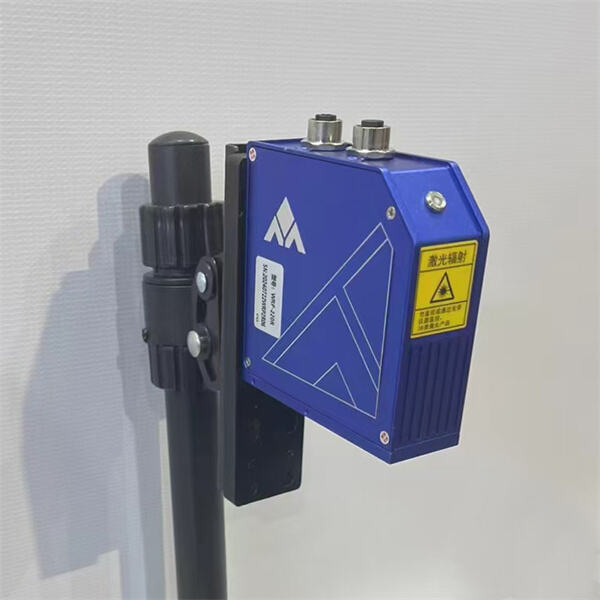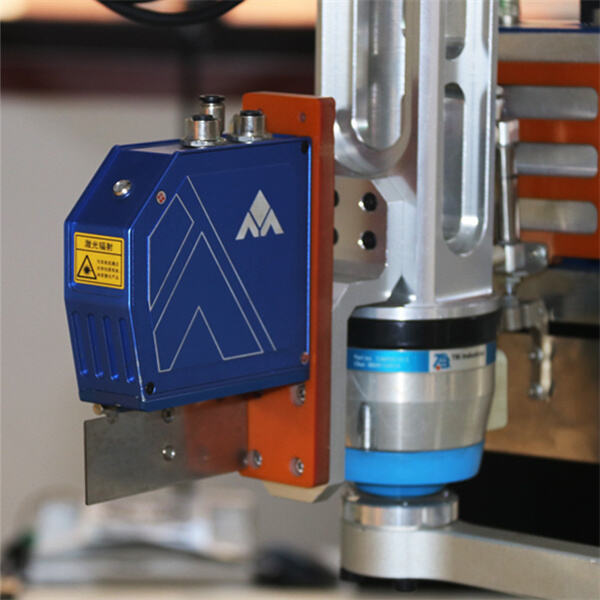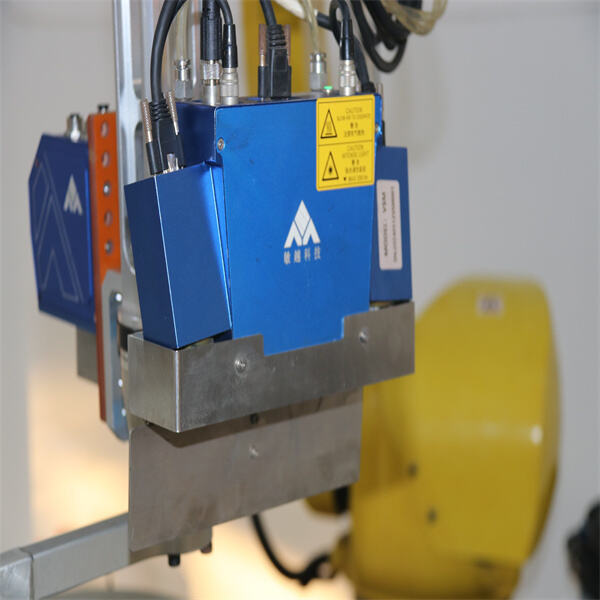To know how robots perform their job and assist us, we need to understand how sensors work in robots. Sensors are the more eye and ear, components, of the robot. They allow robots to see, hear, feel and understand the world around them. No laser beam sensor, no robots, just like superheroes with blindfolds who can’t see anything!
The different types of MINYUE sensors that are used by robots can give us perspective on how incredible technology is allowing robots to operate autonomously. There is one very important type of sensor that is called the proximity sensor. This special laser proximity sensor helps robots locate objects around them and prevents them from colliding with them. It functions like a built-in alarm system, alerting the robot if something is nearing too close. In this way, robots can travel safely without bumping into things.

Sensors would be extremely crucial, as they allow robots to perceive their environment, or the space around them. And so, imagine — a robot trying getting around a room without any sensors at all. It would collide with walls, tumble over furniture, and even run into people! That could trigger a great deal of trouble. But sensors allow robots to see what’s in their path, know exactly where they are and make intelligent decisions based on what they learn. It’s almost like founded an algorithm for a new sense that lets robots see around the walls!

Is the technology that surrounds us, like new sensors, making MINYUE robots more efficient day by day? You Who engineers the people that design and build things are constantly developing new sensors that are more sensitive, accurate, and efficient. These sensors enable robots to quickly and accurately perform more demanding and complex tasks. It’s like upgrading a robot from a basic bike to a speedy rocket ship! Robots equipped with better sensors can perform even more phenomenal feats.

A close look at the various types of MINYUE sensors used in robotic applications shows how versatile and useful these technologies can be. Examples include temperature, humidity, light, sound, and chemical long range distance sensor. They're all with a unique purpose and allow robots to interface with their environment in multiple dimensions. Its like giving a robot an endless toolkit that helps it solve problems!
Adopting the function of finding and tracking, scanning the weld seam, confirming the position and information of the weld seam, correcting the position of the weld seam between the 3D digital model drawing and the actual workpiece, and solving the problem of bias weld due to the error of incoming materials and thermal deformation.
Fast, accurate, completely No-Programming, high efficiency and high precision. It solves the complicated teaching process of traditional robots and saves the downtime of teaching process.
Provide powerful welding robot front loading, side loading, inverted loading, gantry mounting, intelligent trajectory planning for multiple robots, multiple external axes, and positioner for cooperative work. Realize robot motion simulation, collision detection, singularity avoidance and axis limit detection.
Beijing Minyue Technology Co.,LTD,as the world's leading high-tech enterprise of non-teaching intelligent application of industrial robots.We specialize in flexible intelligent manufacturing with our self-developed RobotSmart - Intelligent Decision Making System, SmartVision - Binocular Structured Light Vision System, and SmartEye - Laser Vsion Seam Tracking System. Provide a new generation of intelligent robot welding and cutting solutions.